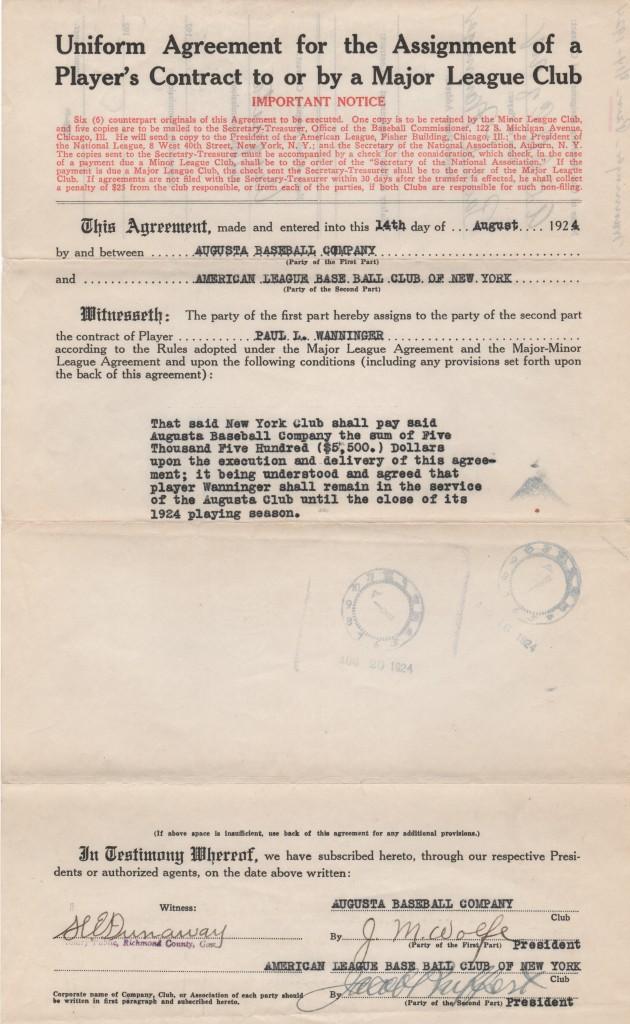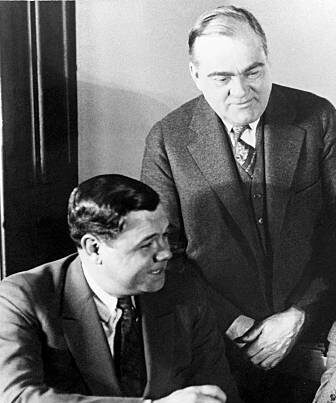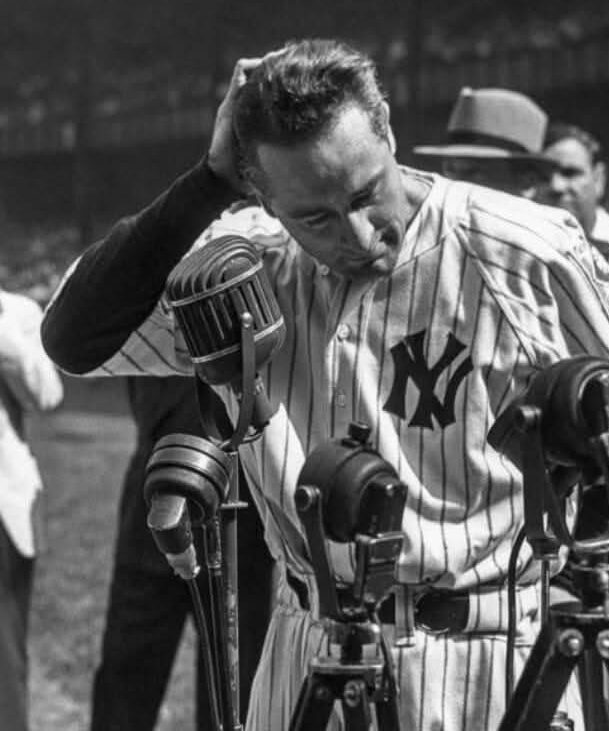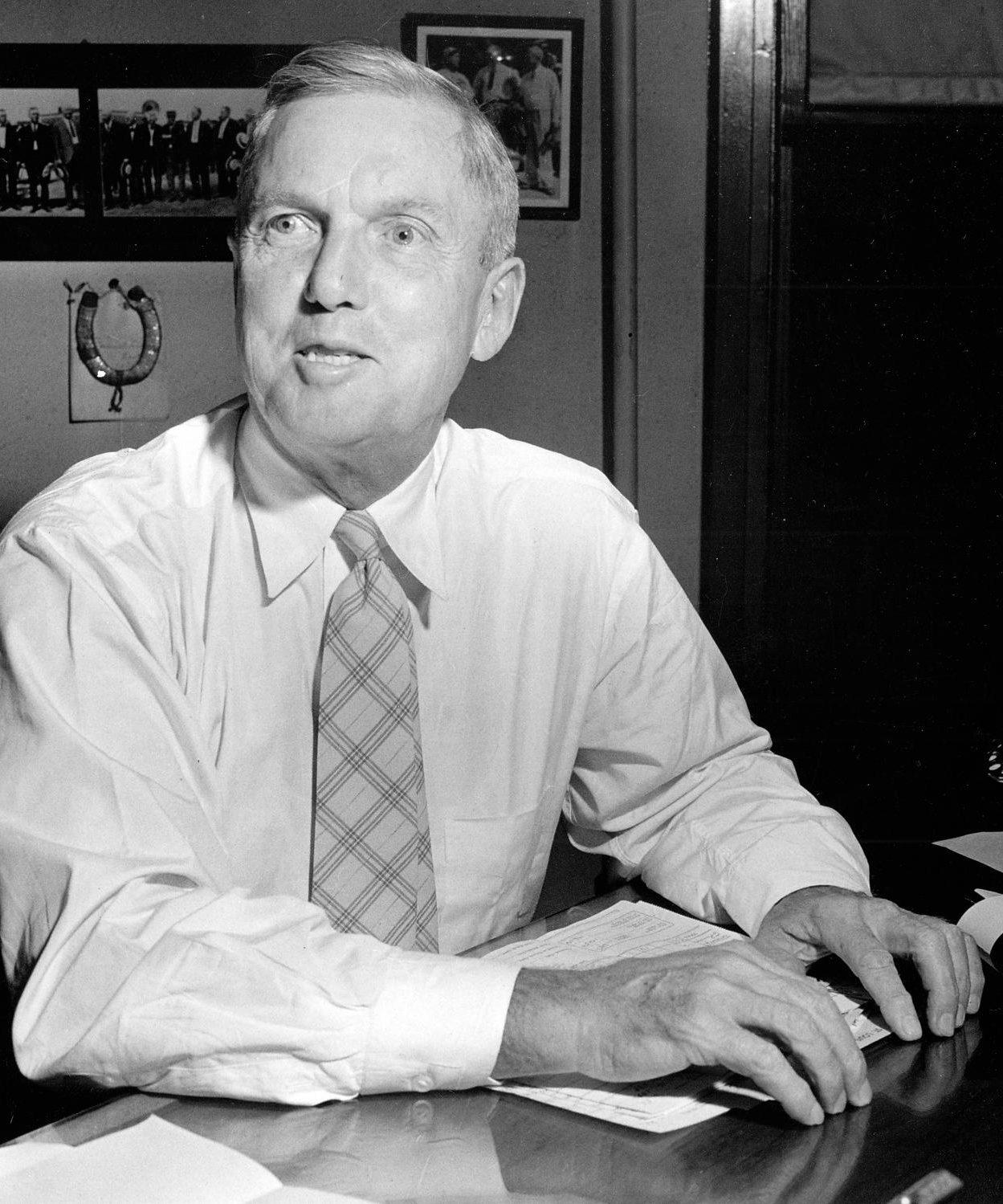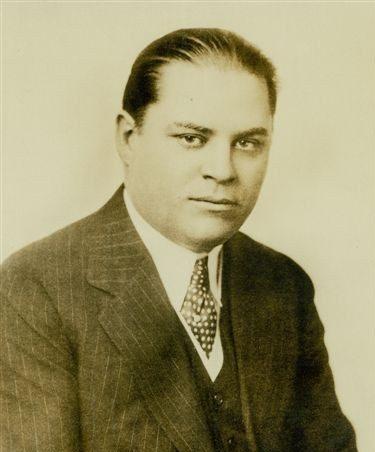Jacob Ruppert
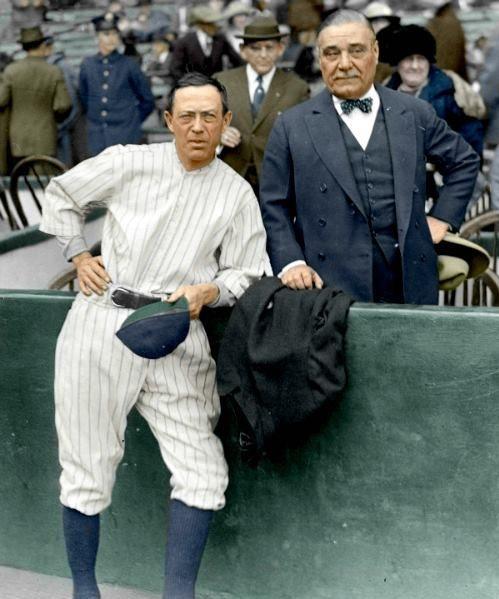
| Birthdate | 8/5/1867 |
| Death Date | 1/13/1939 |
| Debut Year | 1915 |
| Year of Induction | 2013 |
| Teams | Yankees |
| Positions | Executive, Owner |
Jacob Ruppert was a brewer, businessman, and National Guard colonel who served as a four-term US Congressman from the state of New York.
Leave a commentIn the collection:
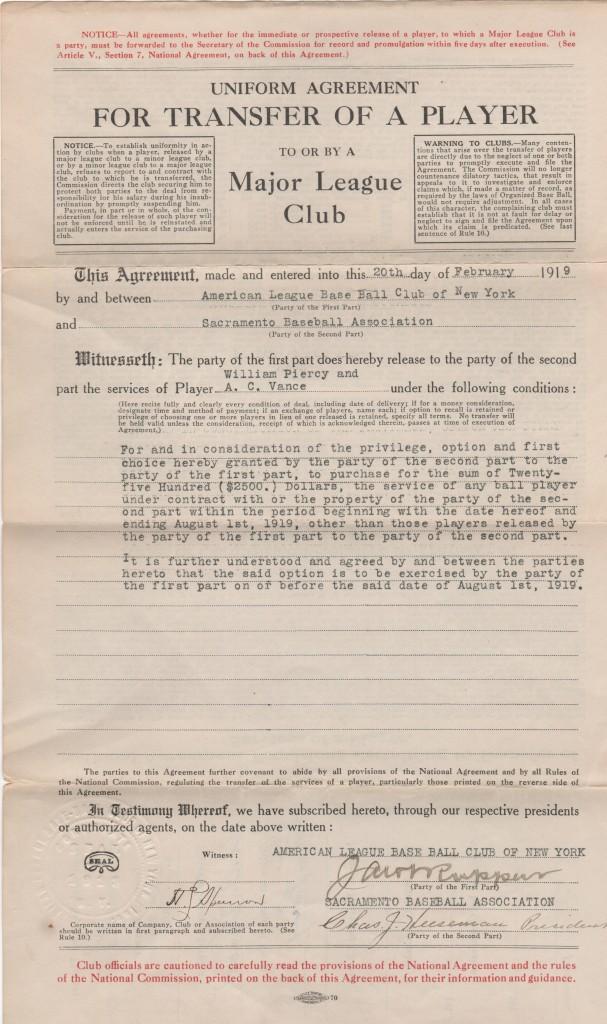
Contract assigning minor league farmhand Dazzy Vance to the minor leagues
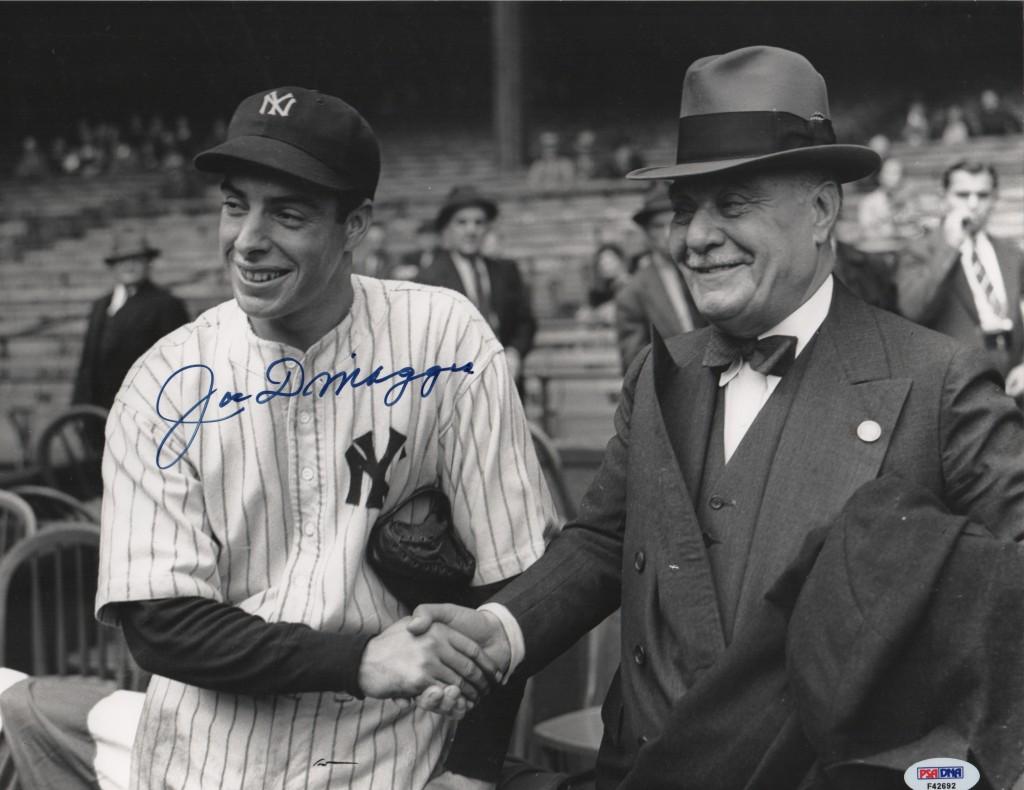
Joe DiMaggio shakes hands with the Yankee owner Jacob Ruppert
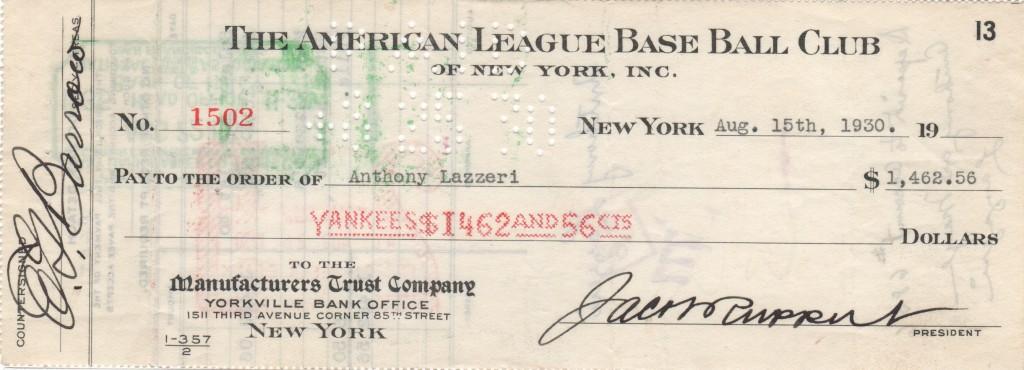
Yankee payroll check to Ton Lazzeri signed by Ed Barrow, Lazzeri, and Ruppert
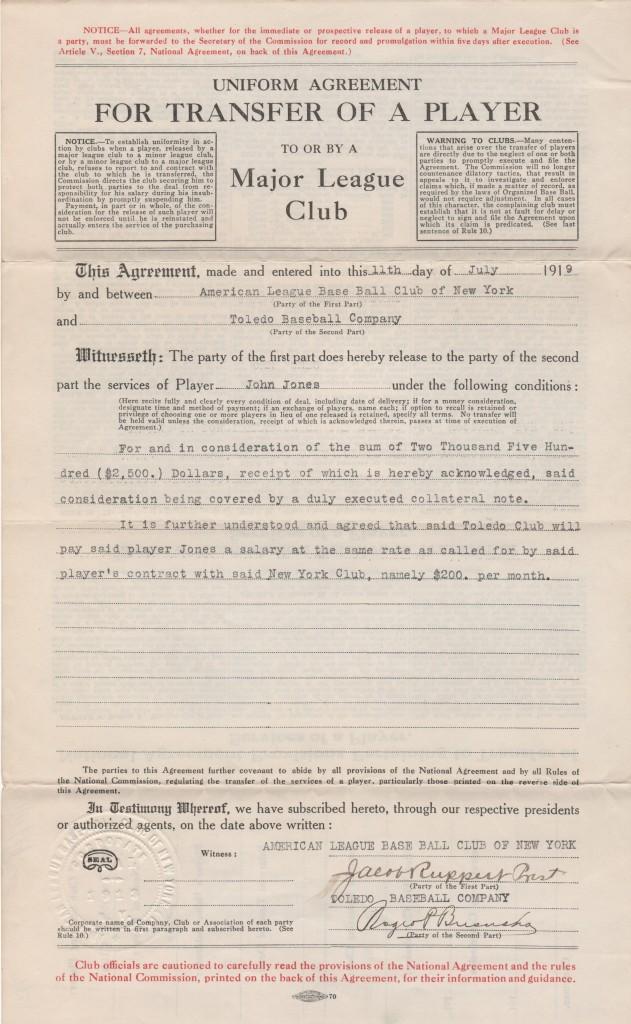
Document signed by Jacob Ruppert and Hall of Fame catcher Roger Bresnahan
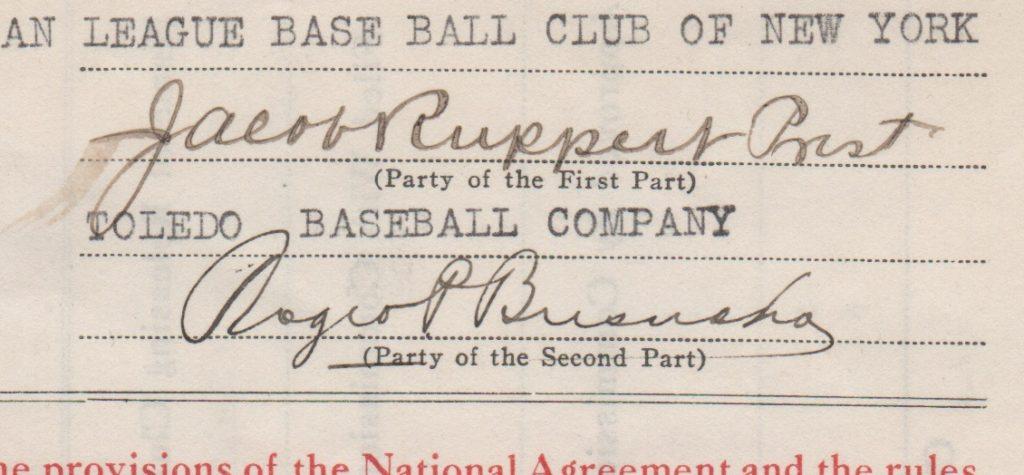
Closeup of Roger Bresnahan and Jacob Ruppert signatures
